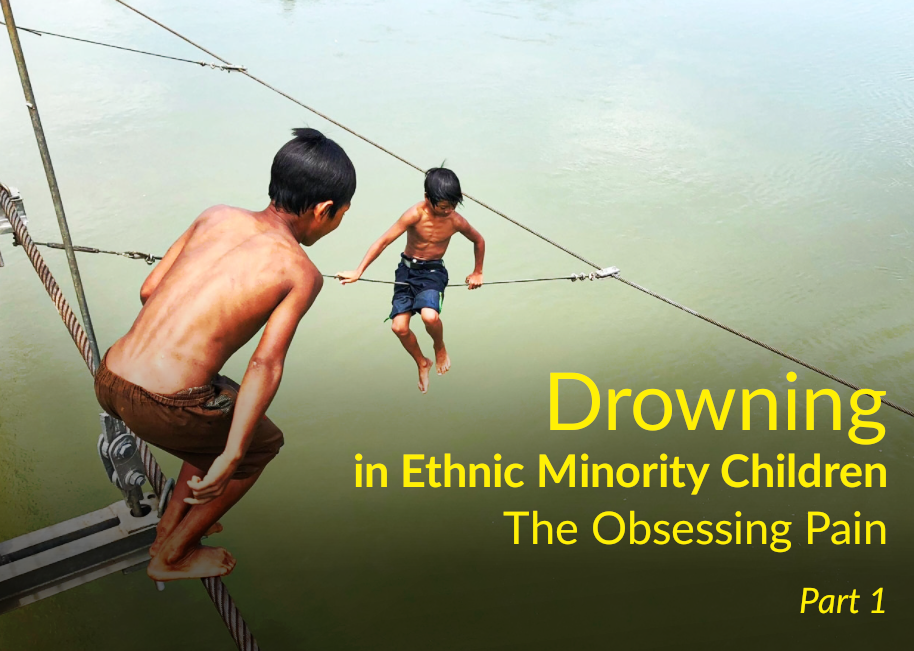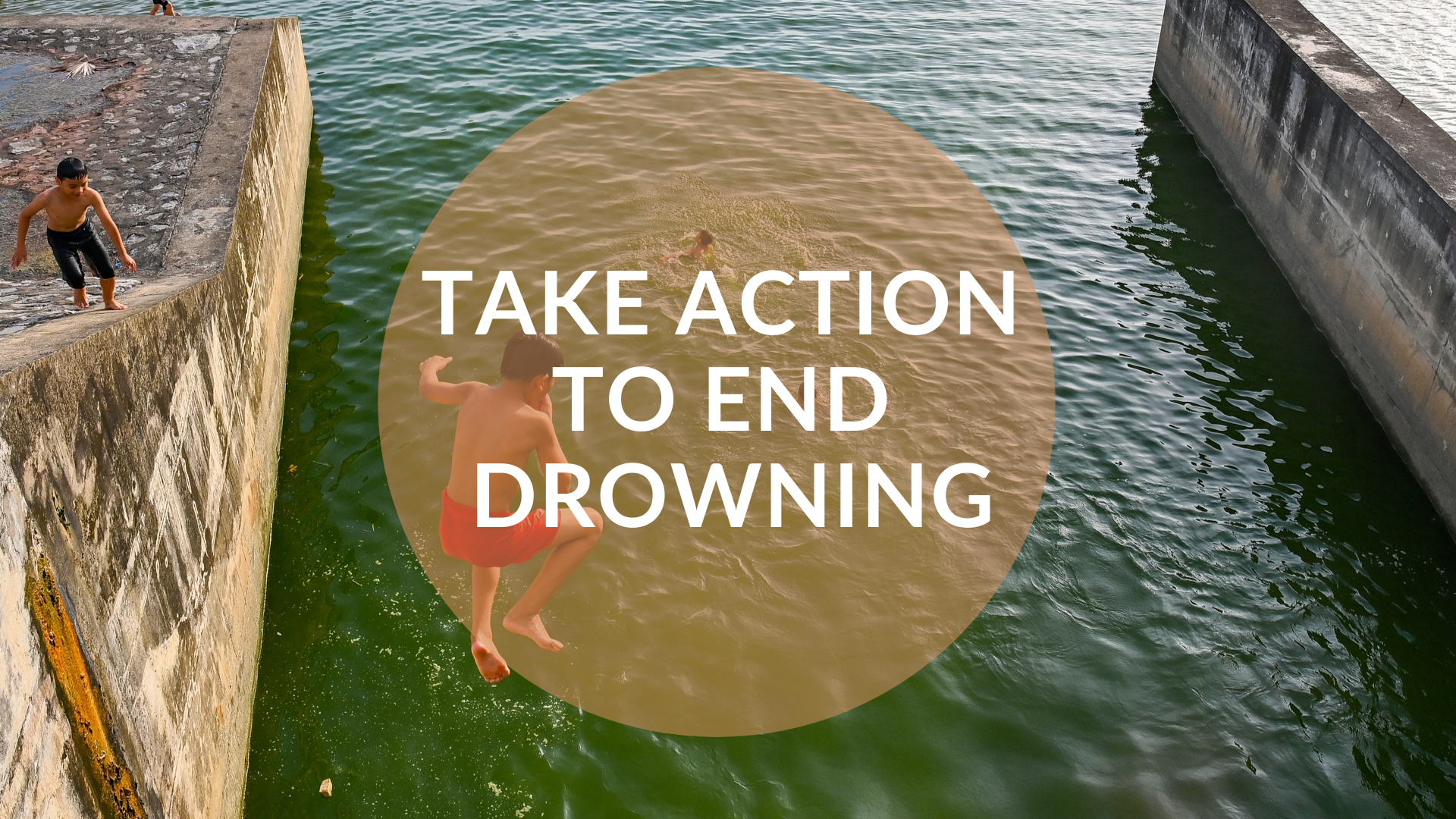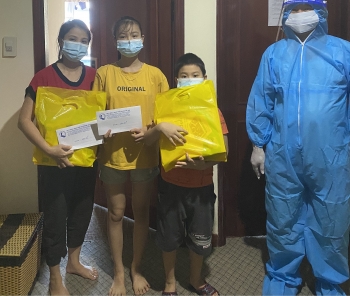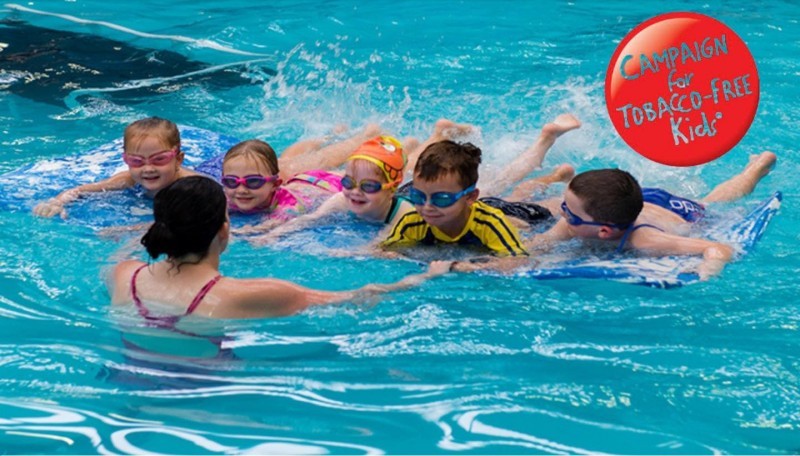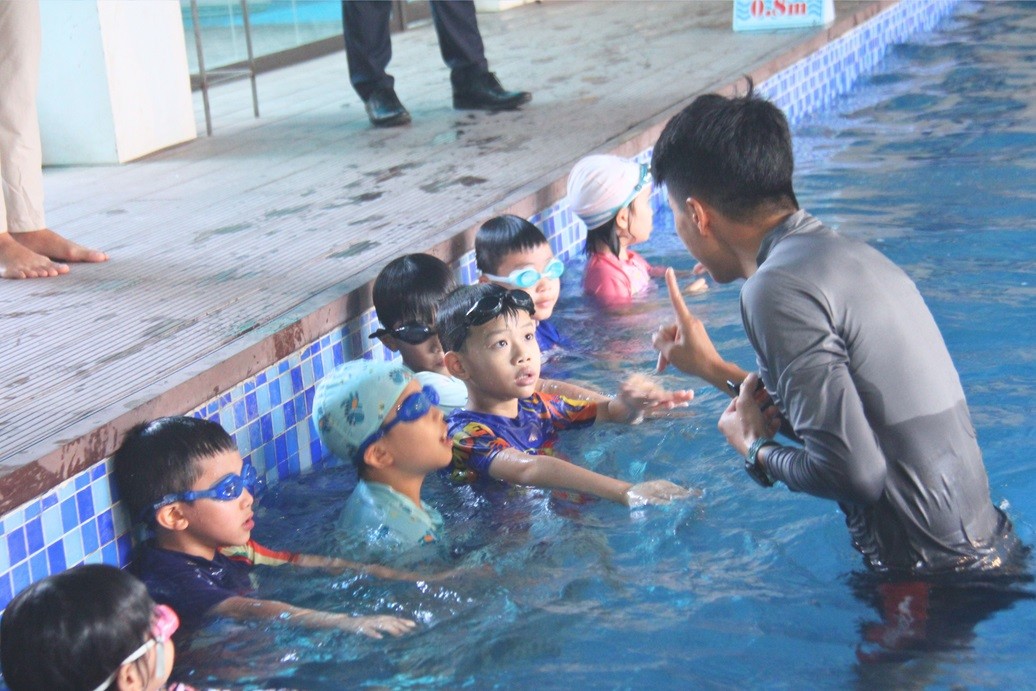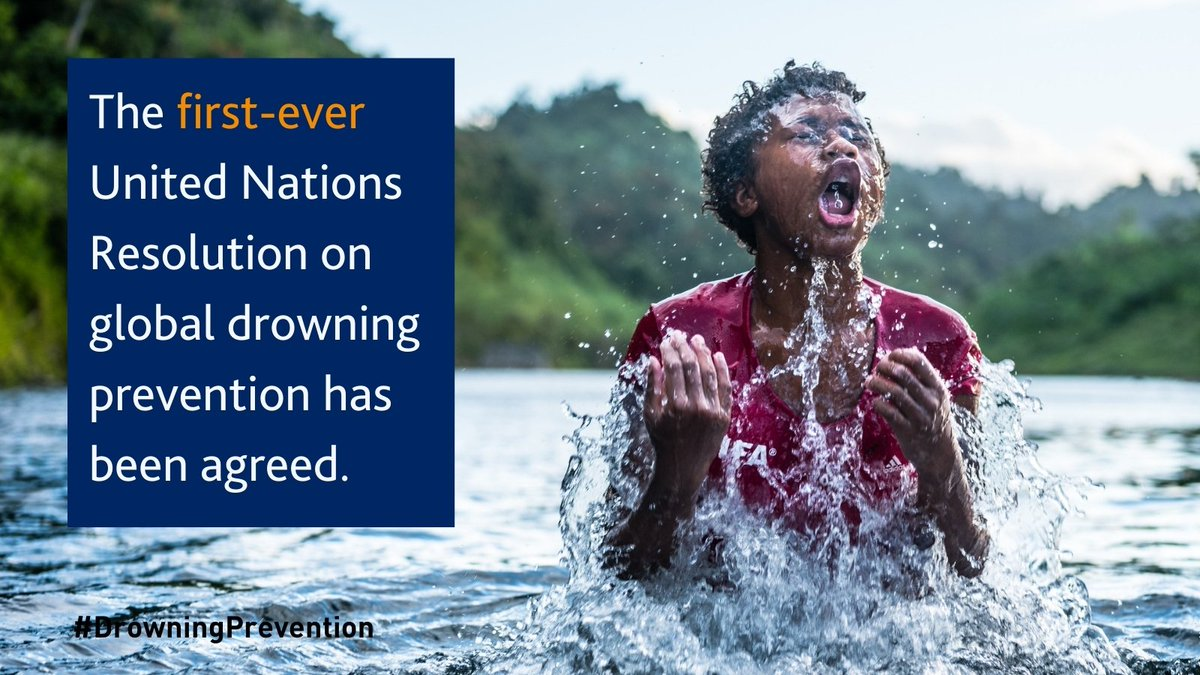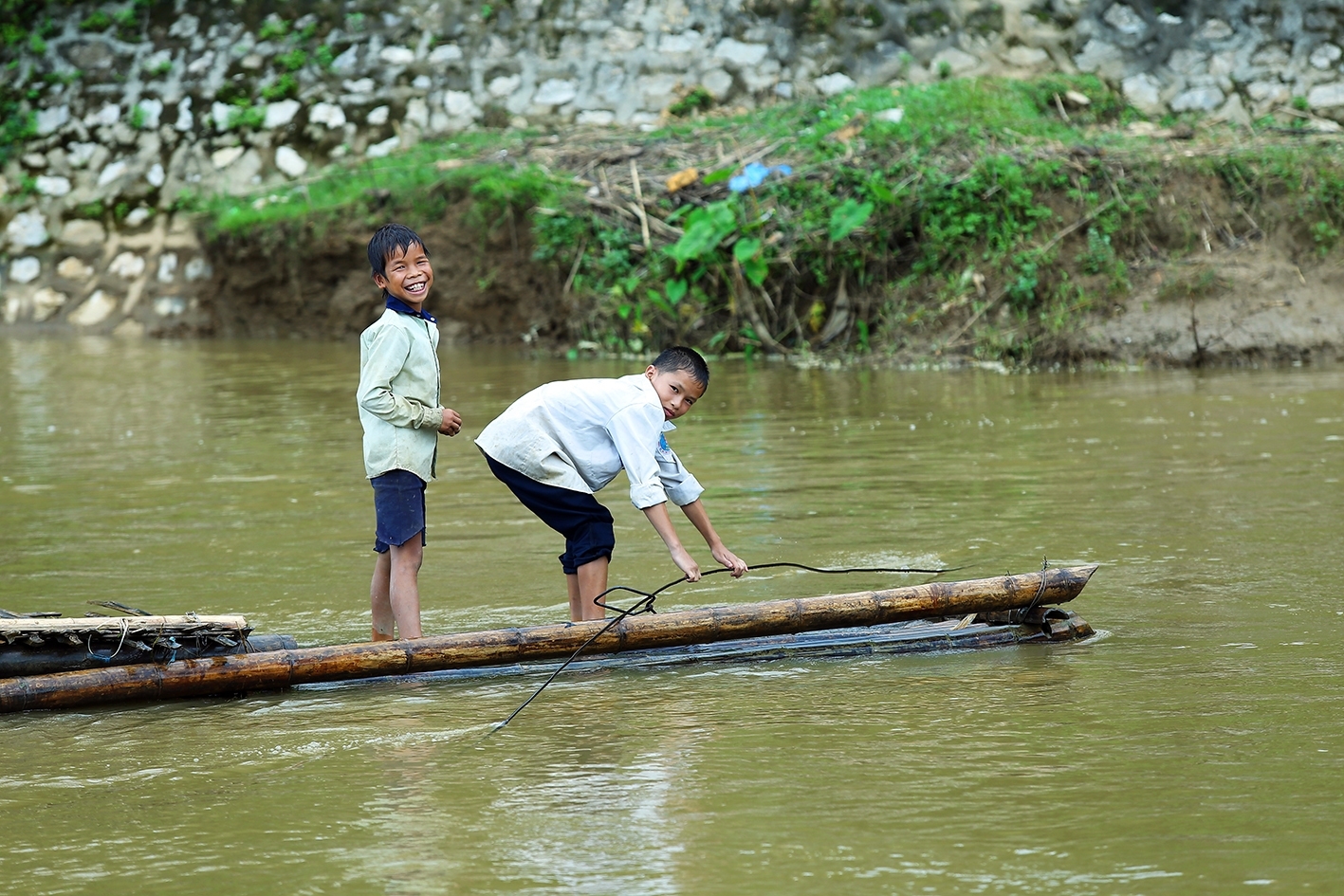What is 'Dry Drowning' and Why is it Dangerous?
| Ethnic Minority Children at Risk of Drowning | |
| Vietnam Enhances Children's Water Safety To Tackle Child Drowning | |
| Gifts for Children in Covid Lockdown |
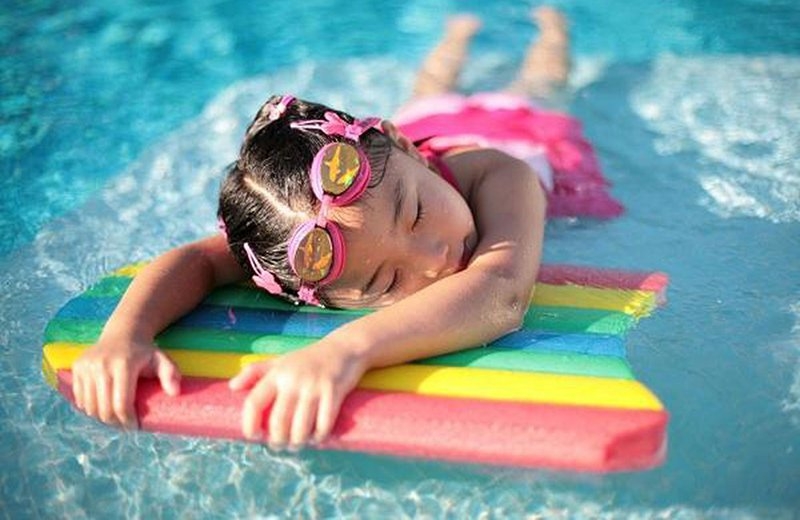 |
| Dry drowning occurs when water is inhaled and causes muscle spasms in the airway, which blocks airflow. |
Dry drowning occurs when a child inhales water through the nose or mouth, causing a spasm in the airway and difficulty breathing. The drowning is called “dry” because water does not enter the lungs because of a spasm (reflex closing) of the vocal cords.
Dry drowning may still sound a strange name for many people, but in fact this is an extremely dangerous medical condition and can cause death if not treated promptly. Being unable to recognize and prevent dry drowning can lead to unfortunate consequences.
The article is expertly consulted by doctor Phan Ngoc Toan from the Emergency Resuscitation Department of Vinmec Danang International General Hospital.
What is dry drowning?
Medical professionals define drowning as difficulty breathing after water enters the airways. Sometimes it happens while swimming, showering or simply just getting liquid in the mouth. Without help in an emergency breathing situation, it can lead to death.
You may have heard of the terms “dry drowning” and “secondary drowning.” Though not really medical terminology they point to rare complications that you should be aware of and are more common in children.
With dry drowning, water never reaches the lungs. Instead, breathing in water causes the child's vocal cords to constrict and close, making breathing difficult. Those signs will manifest immediately as in the situation of a foreign object entering the airway.
“Secondary drowning” is another term people use to describe a further drowning complication. It occurs if water enters the lungs, irritating the lining, and fluid can build up, causing a condition called pulmonary edema. You may notice your child having difficulty breathing right away, and this may get worse over the next 24 hours.
Both situations are very rare. Tampa Hospital pediatrician James Orlowski says they account for only 1% to 2% of all drowning cases.
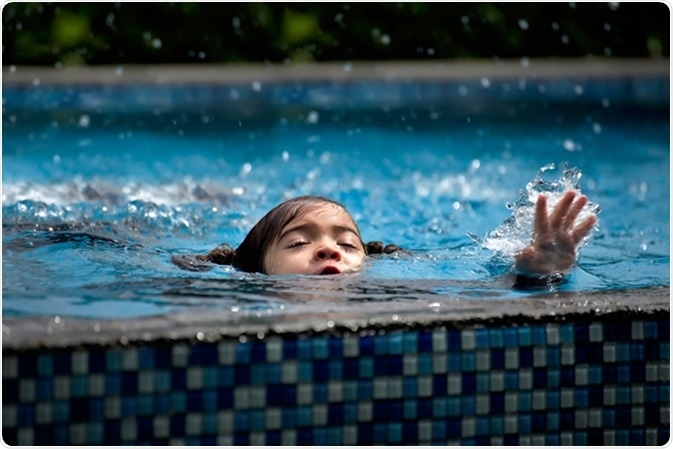 |
| Drowning can be classified as dry or wet, depending whether the voice box (larynx) goes into spasm and water is allowed to enter the lungs. |
Signs and symptoms
Within one hour of the child leaving the water, you should closely observe and look for signs of dry drowning which are:
Constricted larynx (voice box)
Persistent coughing
Chest pain
Dizzy
Shortness of breath
Extreme fatigue, exhaustion
Falling asleep
Difficulty talking
Foam appearing in the mouth or nose
Irritability or mood changes because the brain is not getting enough oxygen
Dry drowning first aid
When you discover anything unusual after the child is out of the water area, get medical help immediately. Although, in certain cases, the signs and symptoms may go away, but do not ignor this. It is important for parents to check and closely observe their child for 24 hours to avoid unfortunate situations.
When the symptoms do not seem to go away but worsen, help your child stay calm and then take him to an emergency room immediately. Here, doctor will have the child take a chest X-ray and perform other diagnostic tests to check the child's airway, heart rate, oxygen levels and body temperature.
If life-sustaining bodily functions gradually return to normal, the child will continue to be monitored in the hospital for 4 to 6 hours before fully stabilizing.
 |
| Parents need to observe the child closely within 24 hours. |
Dry drowning prevention
Always observe and monitor closely when children are in water
Never let children swim or bathe alone
Children are only allowed to swim in lifeguarded areas
Equip life jackets and other life-saving items for both yourself and children when get into the water
Teach children how to stay safe in the water, and swimming skills or parents can participate in water safety programs, frist aid, CPR training
Put fences around your home pools
To prevent dry and wet drowning, parents should not let their children go to ponds, lakes, rivers or streams alone even if they know how to swim. People should attend first aid classes so they know how to perform CPR, etc. when needed. In dangerous situations, parents or caregivers need to give first aid to the drowning child and quickly take them to the hospital for timely treatment.
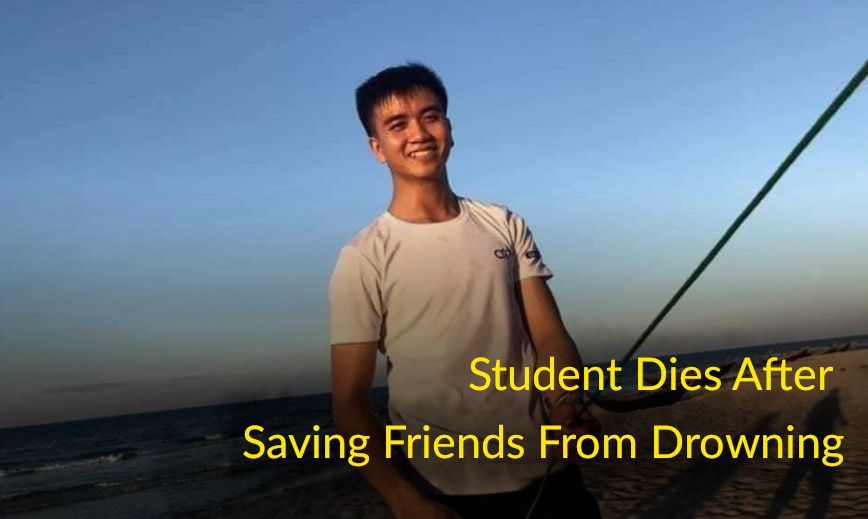 | Student's Brave Sacrifice After Saving Friends from Drowning State President Nguyen Xuan Phuc sent his condolences to Nguyen Van Nha's family after acknowledging Nha died when saving three people from drowning. |
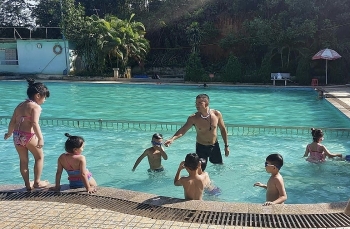 | Tuyen Quang City Moves to Prevent Children from Drowning Drowning is a silent epidemic that needs urgent attention |
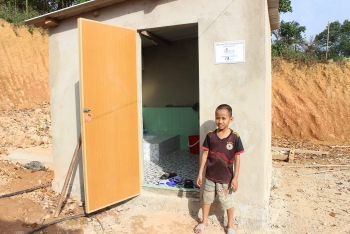 | Foreign Organisations Steps Up Activities to Protect Children amid Pandemic, Disasters Foreign organisations have hosted of practical activities during the month of actions for children under the theme of children’s right protection amid pandemic and disasters. |
Recommended
 Viet's Home
Viet's Home
Hue City to Raise Awareness on Mine Accident Prevention
 Focus
Focus
Vietnam Leaves Imprints on the World Peacekeeping Map
 Viet's Home
Viet's Home
“Global Vietnamese Singing 2025” - Connecting Hearts Longing for Homeland
 Viet's Home
Viet's Home
Vietnam’s People's Public Security Force Actively Contributes to UN Peacekeeping Operations
 Viet's Home
Viet's Home
HAUFO Enhances Competence of People-to-People Diplomacy Personnel
 Viet's Home
Viet's Home
Hands that Reserve Da Long Brocade Craft
 Viet's Home
Viet's Home
Da Rsal – How Digital Transformation Reshape a Poor Commune
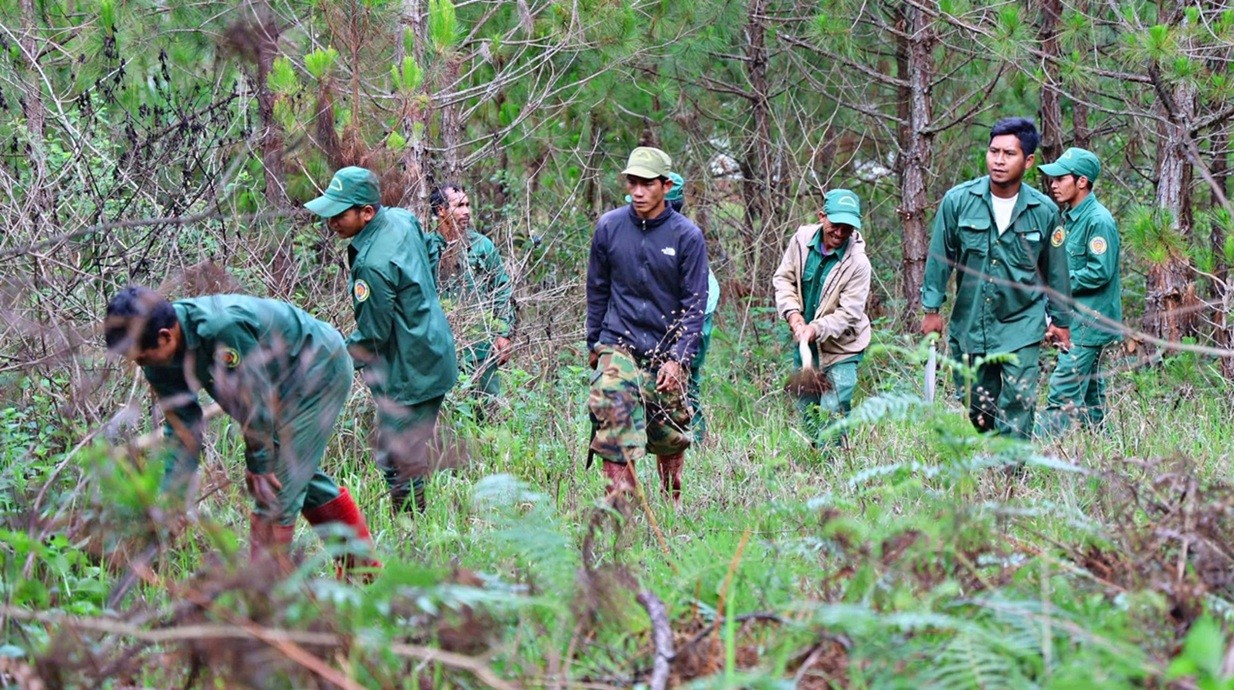 Viet's Home
Viet's Home

